This is a tea that I bought along with the last tea I had, the 2002 Mengku. Back in the day this was a hot cake, and although the market is now calmer, the tea’s price is a good 7-8x what the 2002 Mengku costs, even though they were made by the same factory and only one year apart in the production date. I tasted this tea back then right after I purchased it, and the notes are here. I remember my assessment at the time being that it was slightly nicer than the 2002 version, but not by a wide margin. Back then the price difference was something like 10-20% difference. Now, of course, it’s multiples.
This is the thin paper version, and one of the annoyances of teas with such thin wrappers is that they survive storage very badly, especially if they’re out of the tong, which is the case here.
I realized that I opened the wrong cake, but I just took a look again at the original cake I had in my 2006 post and this one, and in terms of appearance, they exhibit no obvious differences. It’s the same tea.
The cakes are very distinctive in shape, as are all Mengku factory cakes. They have a flat surface front and back, especially back, and the edge of the cake is a straight wall, rather than a sloped, tapered edge like Menghai ones. The cakes are quite unmistakable. The cake is made up of mostly smaller leaves.
The cakes did get darker in the five years since I last checked them. There was some greenness when I drank them last, now they’re more of a blackish colour than anything else.
Now, although the thin paper has always been advertised as “dry stored”, many of the samples I’ve had from other sources in the past five years of this tea have mostly exhibited a “lightly traditionally stored” taste. It’s not immediately obvious like a normal traditionally stored cake, but once you really savour the tea the storage taste does show up here and there in the shadows. Most of the tea came from the same place, I believe — one batch of tea that was mostly sold through the Best Tea House in Hong Kong. Cloud, who originally posted about this tea, also mentions the existence of a lightly traditionally stored version of the thin paper tea. While no doubt the completely dry stored version surely exists, I don’t think I’ve actually ever encountered it even at the Best Tea House. Maybe it was all snapped up.
Because of the storage condition that the tea went through, the colour is a bit on the darker side, especially when compared with the 2002. The colour here is quite consistent with what some others have posted before, for example on Phyll’s blog back in the day (if you’re alive, contact me!). Given the depth of my cup and the slightly dark lighting conditions, plus a few years of extra storage in Hong Kong, they’re not far apart.
The tea is actually quite nice, indeed a notch better than the 2002. Because of the storage difference (the 2002 I have doesn’t seem to have gone through any sort of traditional storage) the taste of this Yuanyexiang is a bit older, and has traces of some older teas I’ve had before. I’m sure that given another five or ten years, it will turn out quite nicely as a good, aged tea to drink.
The storage taste is only barely discernable, if you know what you’re looking for. When I brewed it hard later on with long infusions, it becomes slightly more obvious, and sniffing the wet leaves, likewise, gives a hint of the traditional storage smell. The leaves are still far from dark brown and exhibit youth in them. This is a good tea. Whether or not it’s worth the price of admission now is a question that’s really open to debate. I tend to think that teas like the 2002 Mengku is a far better value for money, mostly because it’s so much cheaper, widely available, does not have the “fame premium” that you need to pay for the tea, etc, and still have roughly the same quality. I also know some people who, having stored this 2001 Yuanyexiang for a few years, decide that they don’t really like it much after all. That’s the problem when “chasing” famous cakes — just because someone else likes it a lot doesn’t mean you’ll enjoy the tea, especially if you plan on storing it for future consumption. In some cases, you can try reselling them, but in others, you’re stuck with cakes that you don’t want to drink. It’s a tough call.

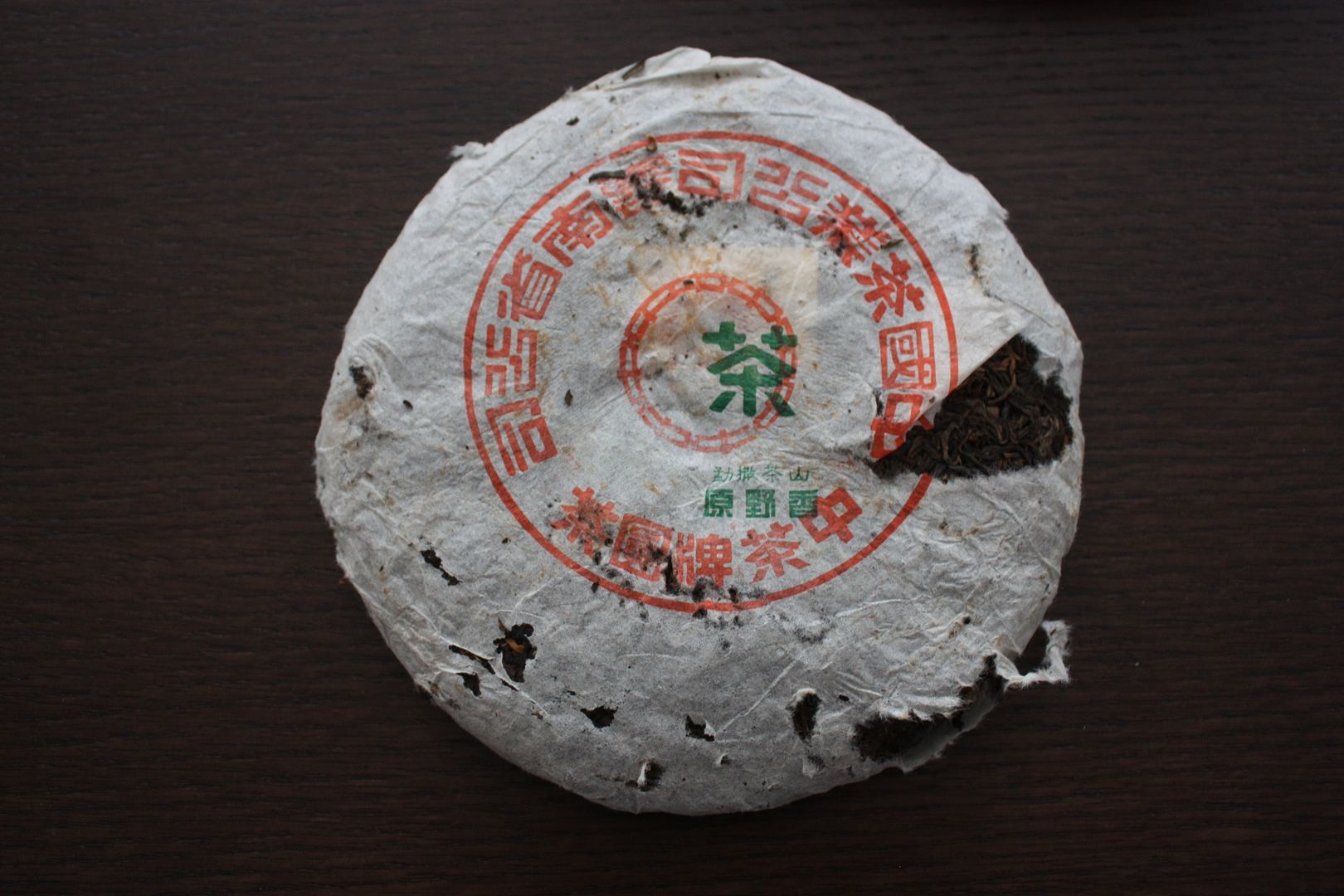
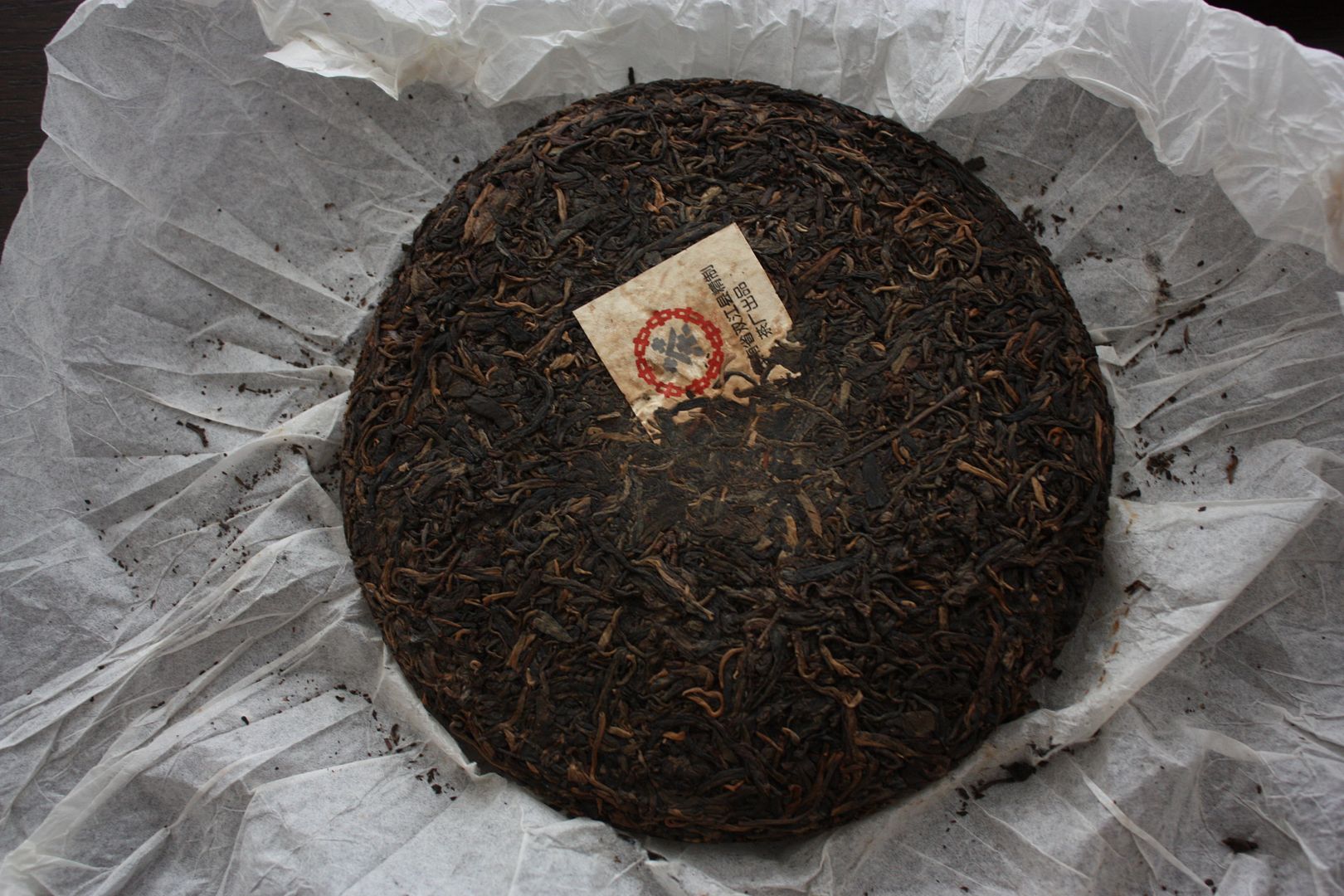
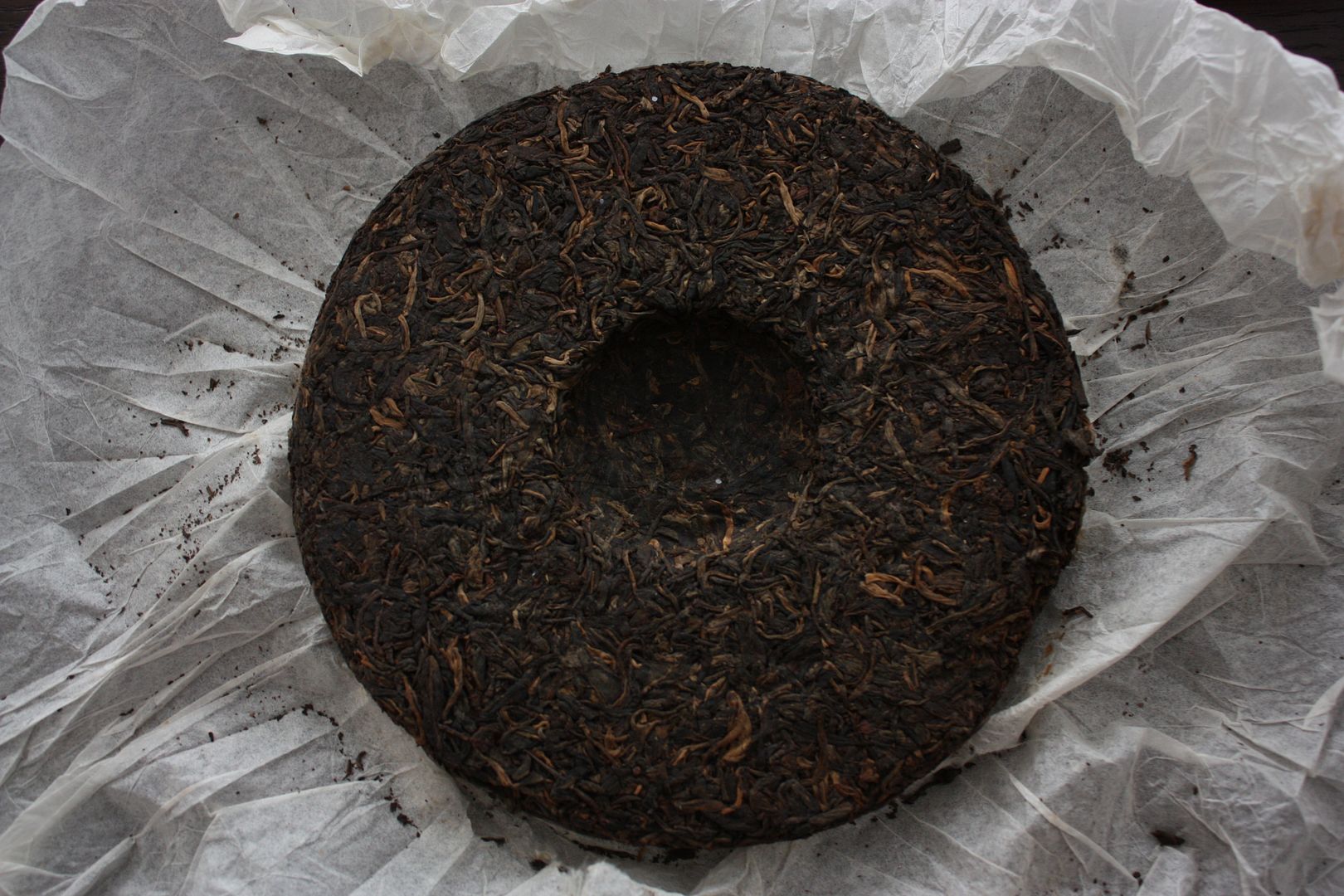
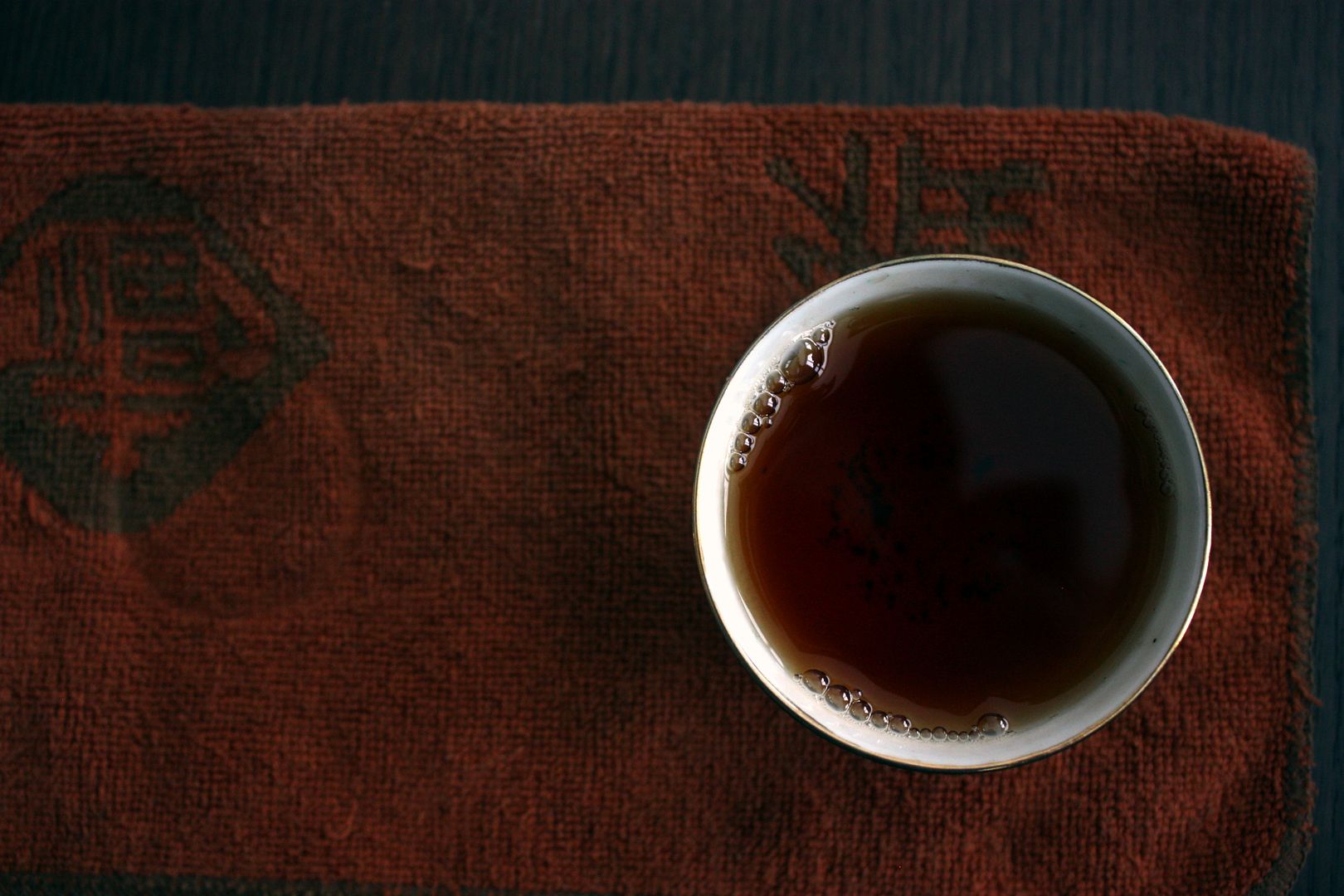
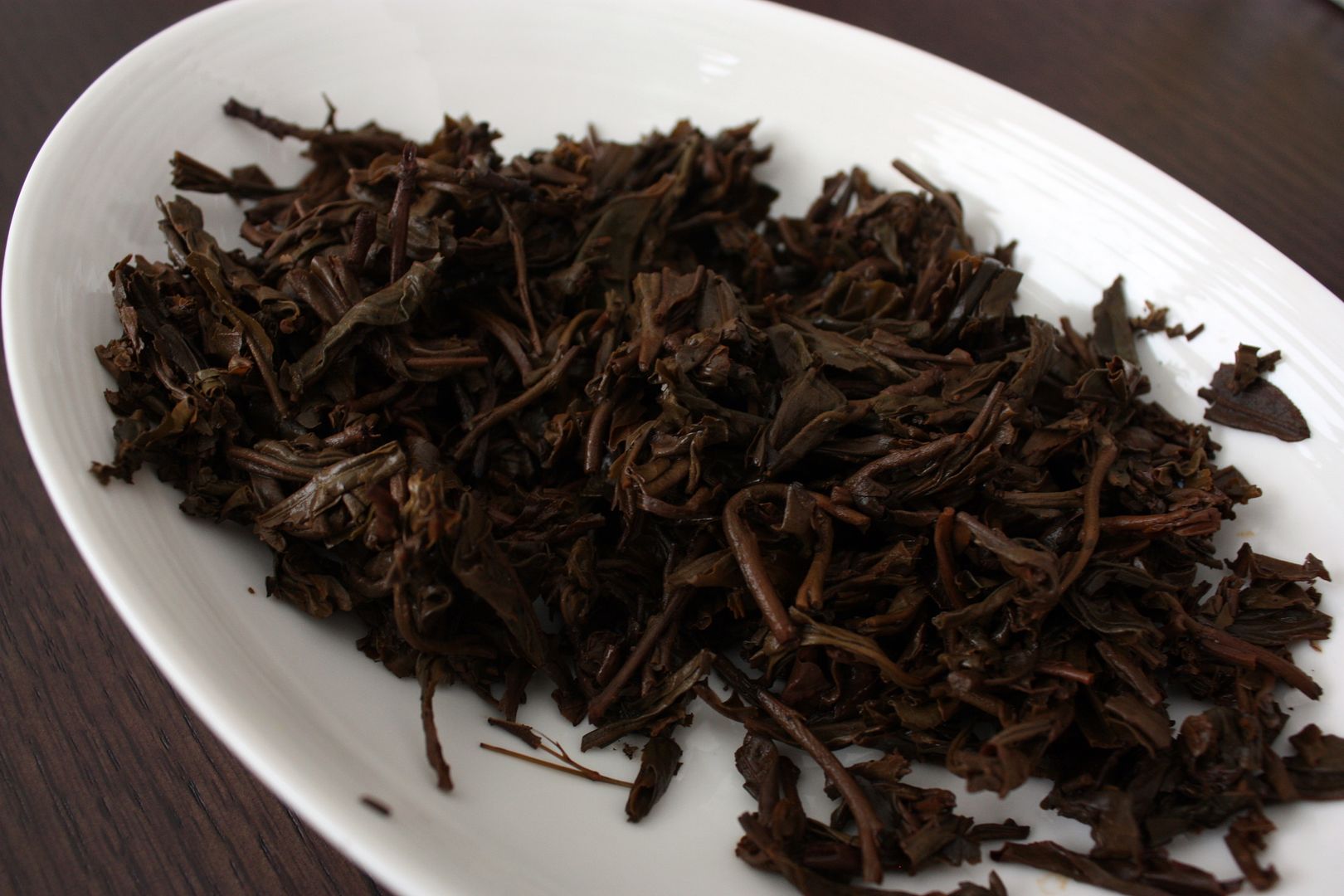


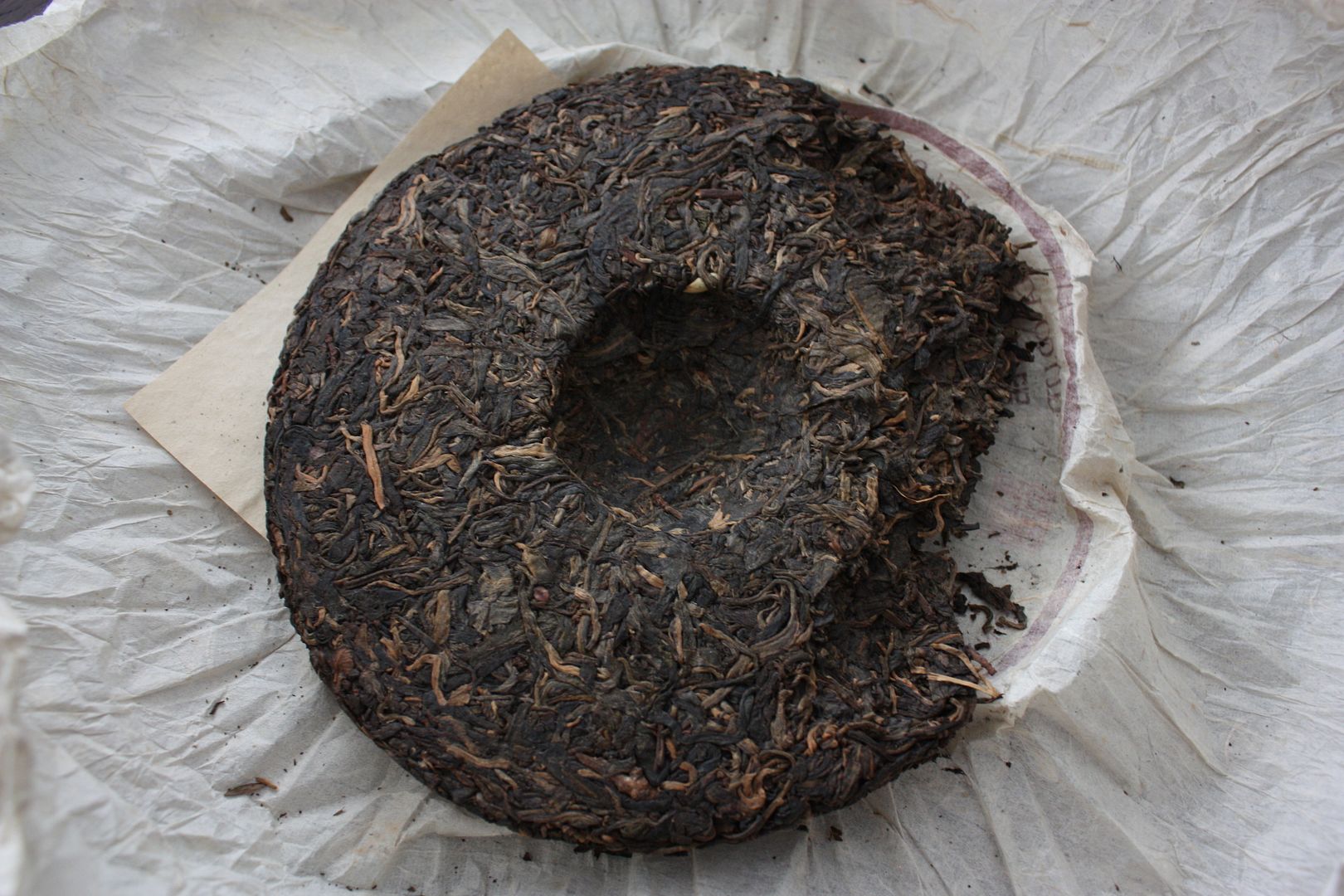
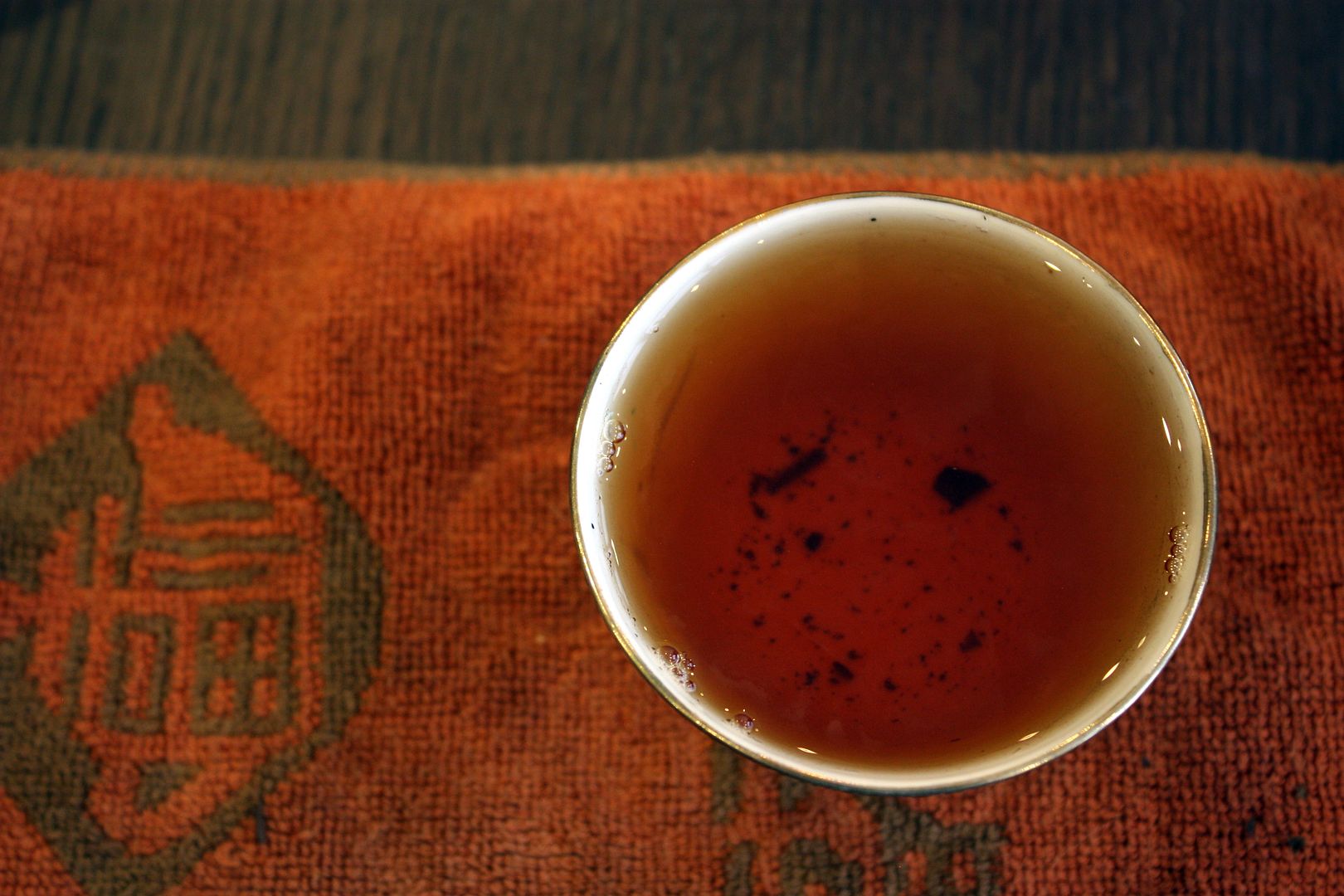
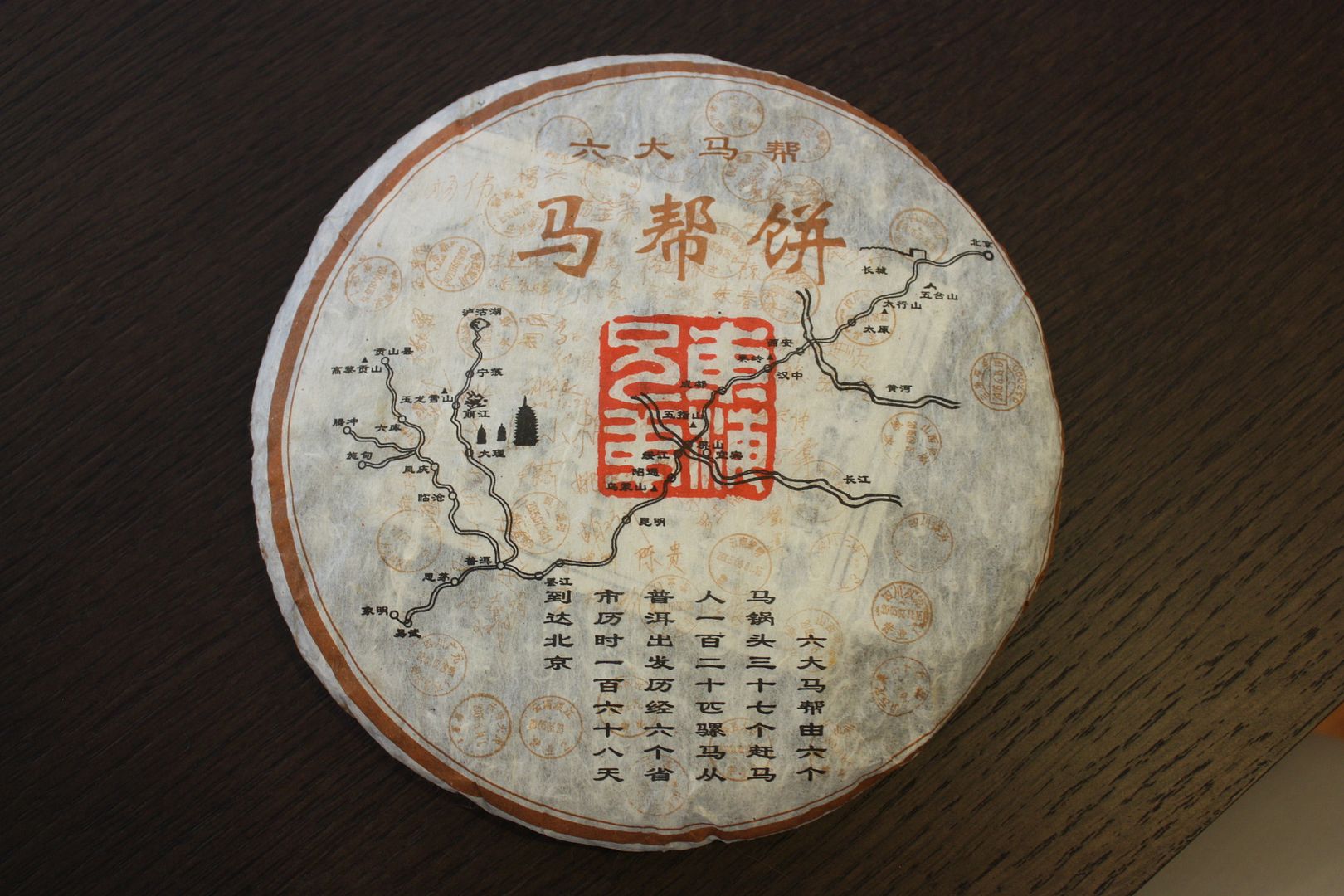
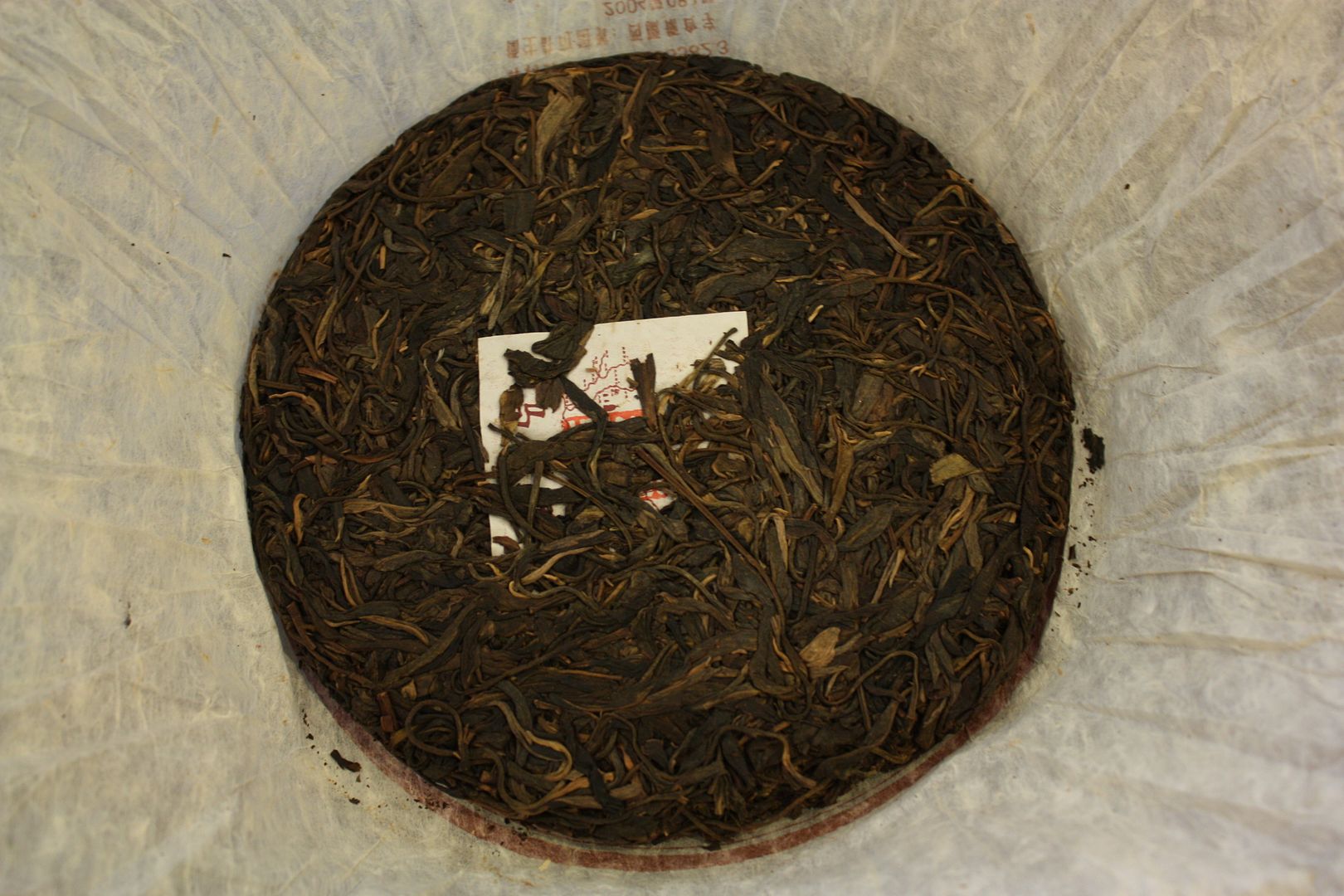
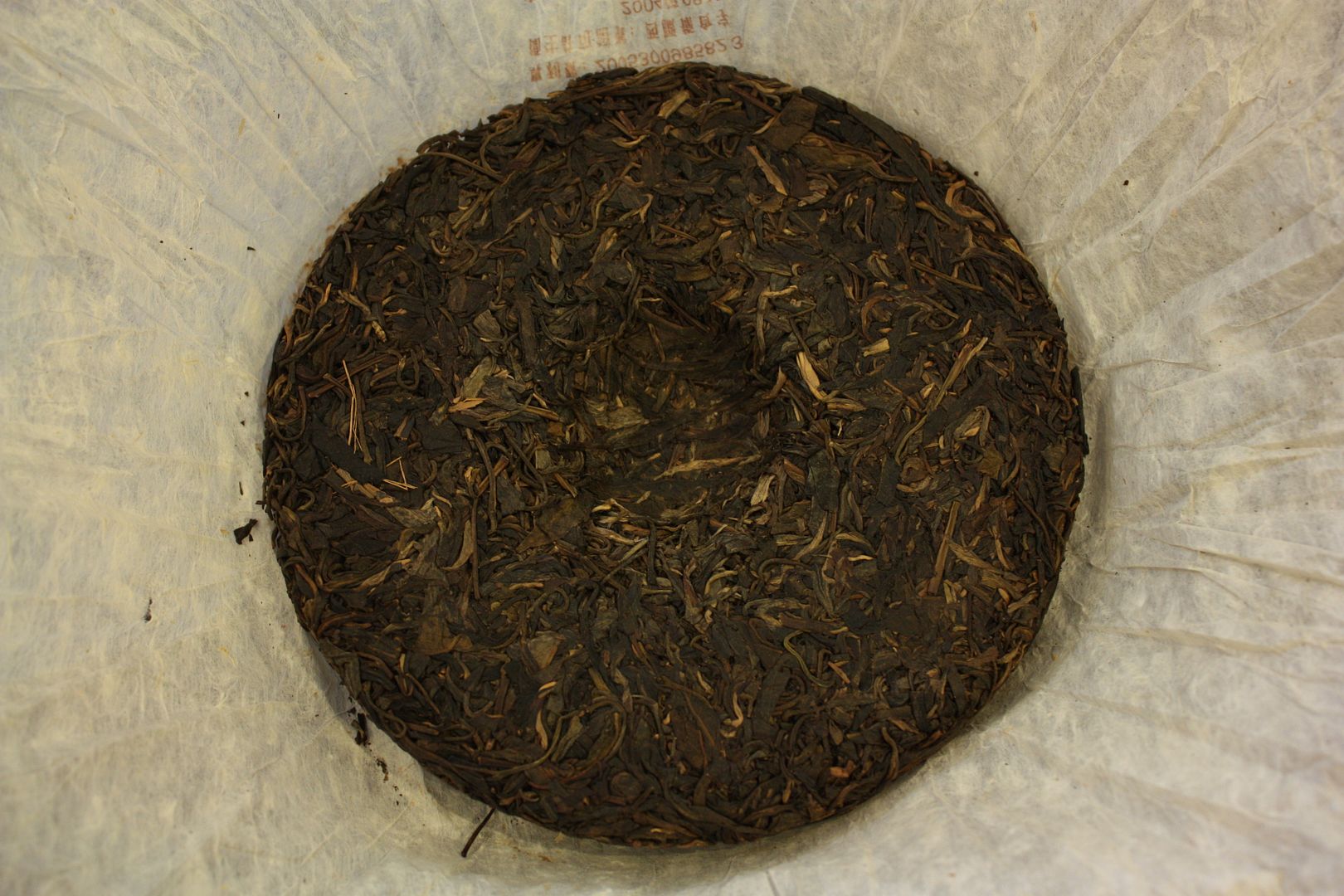
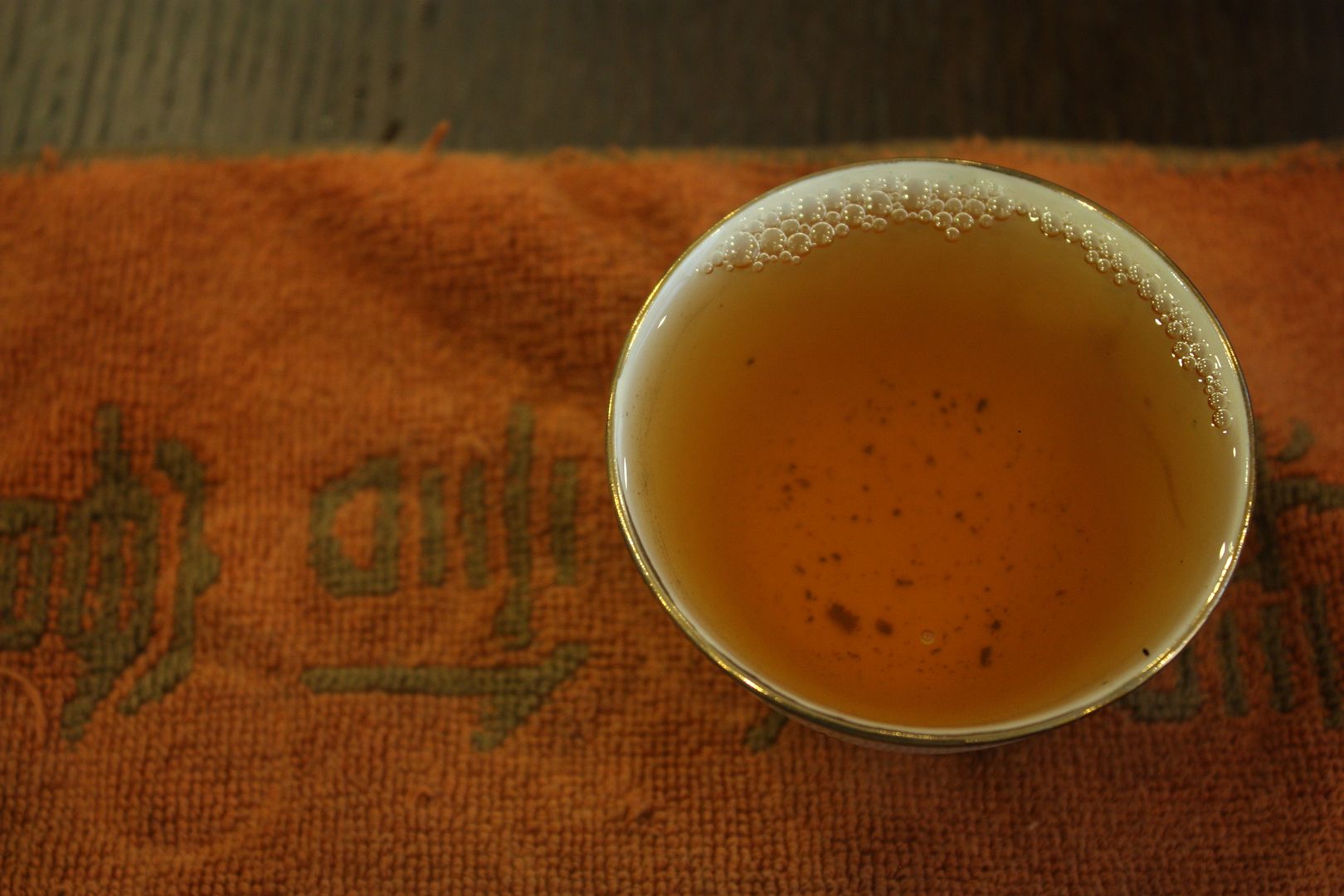
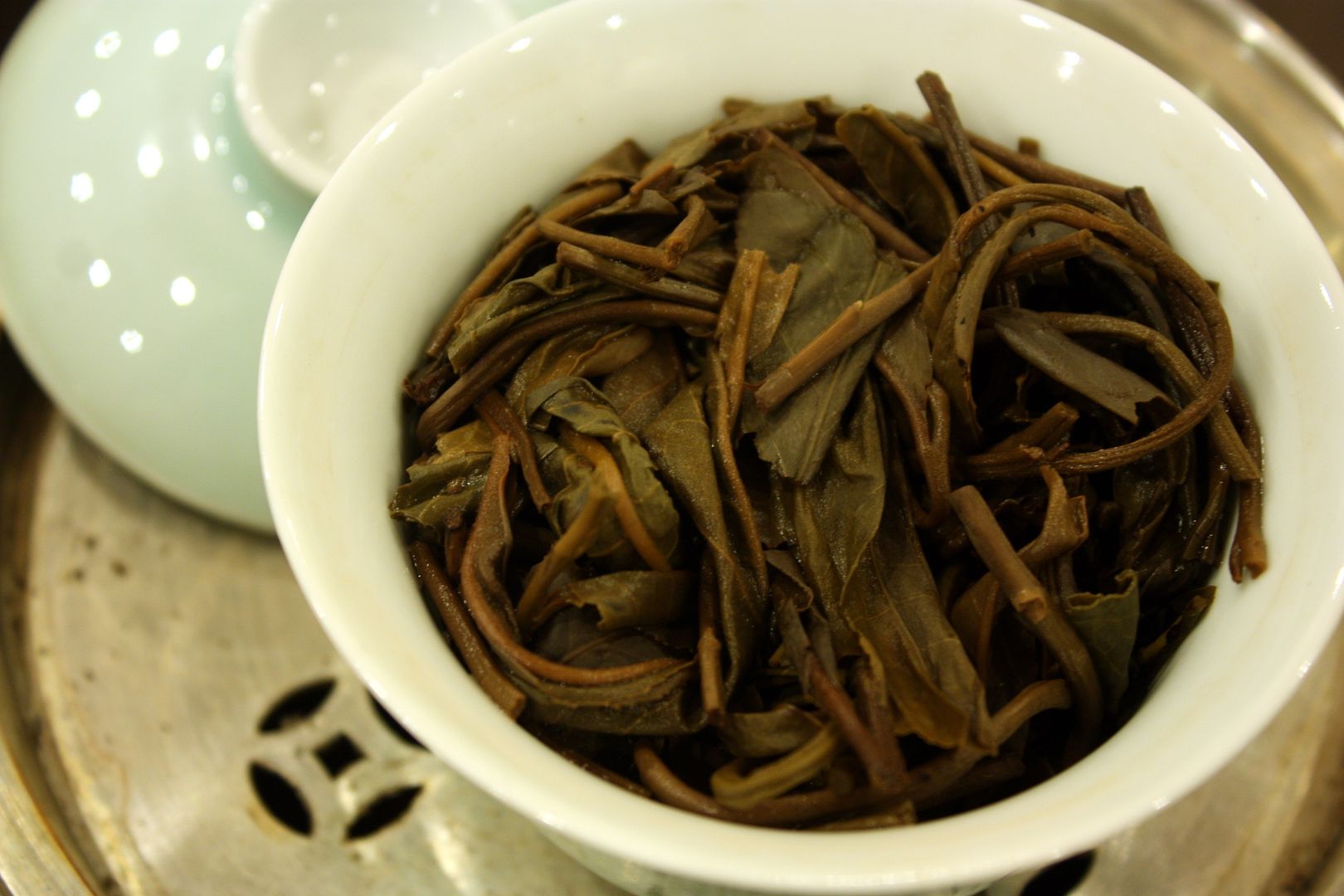


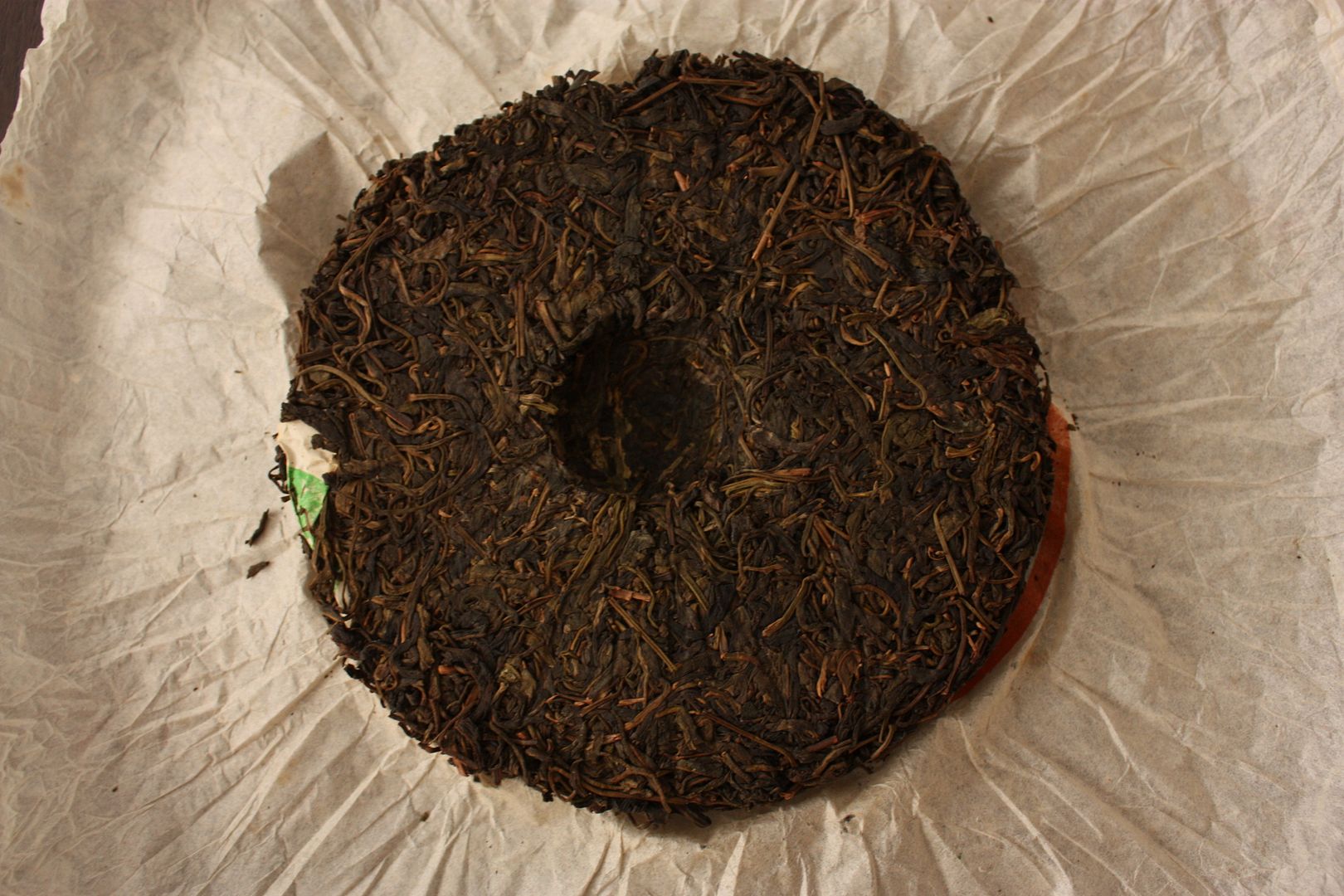
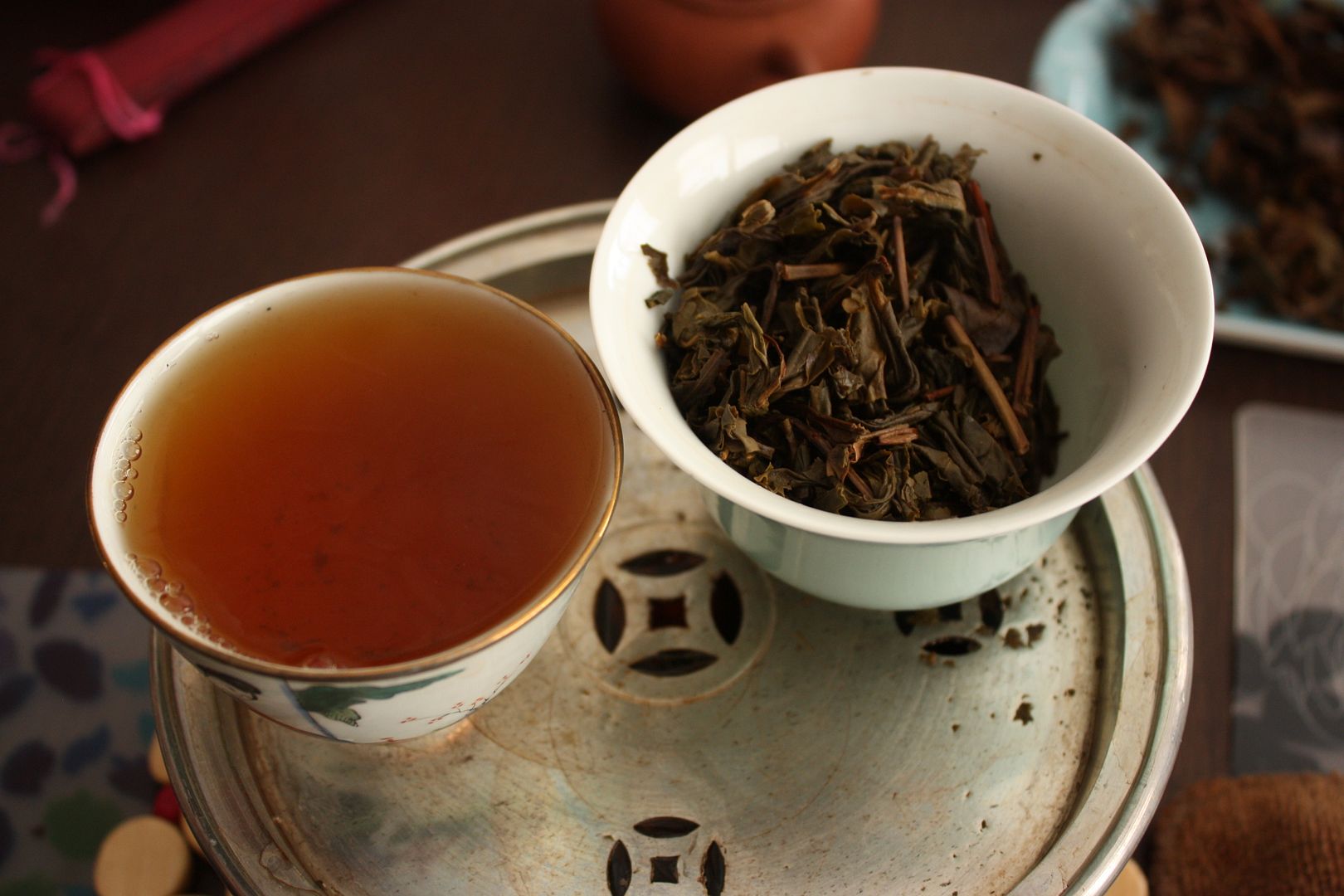



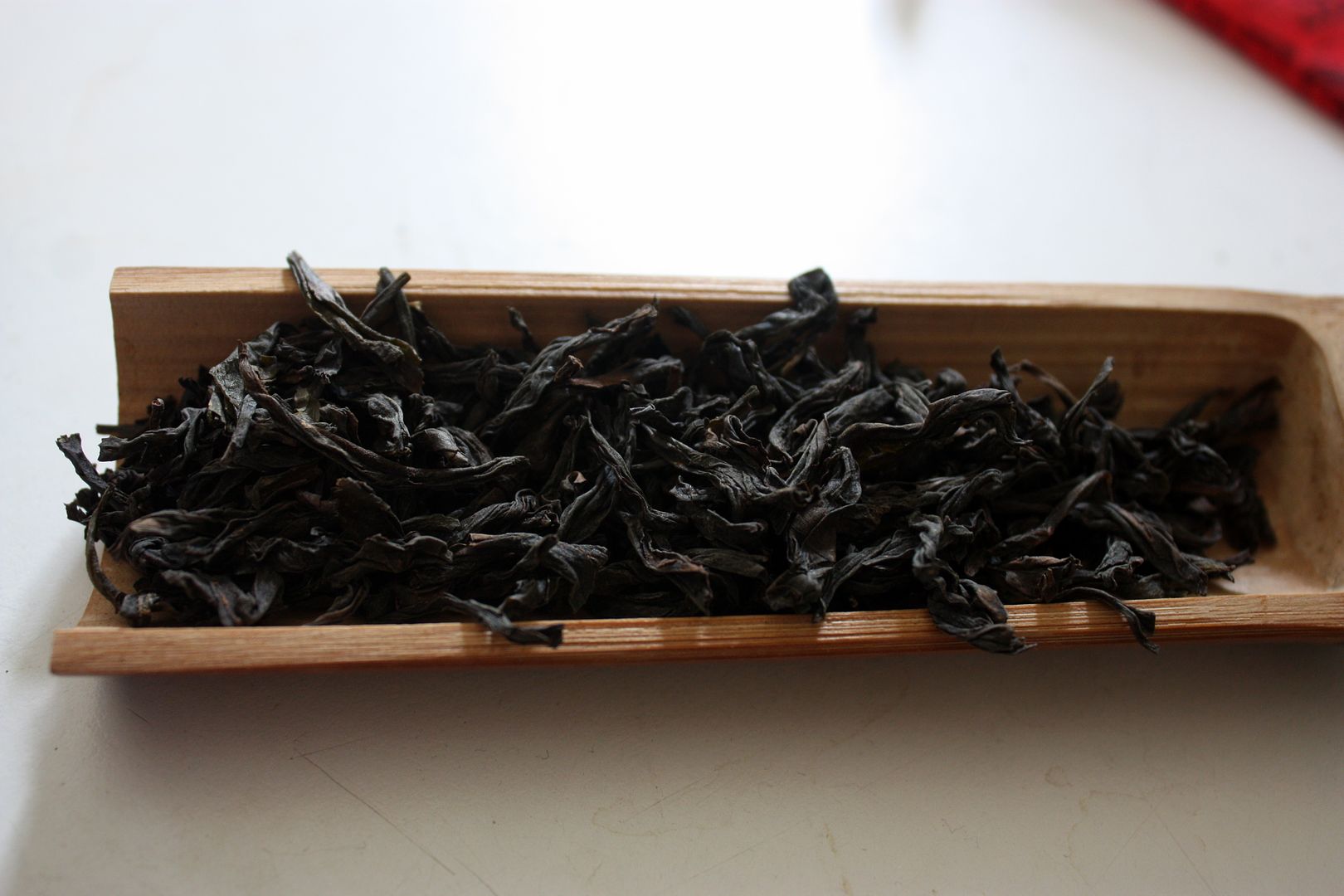
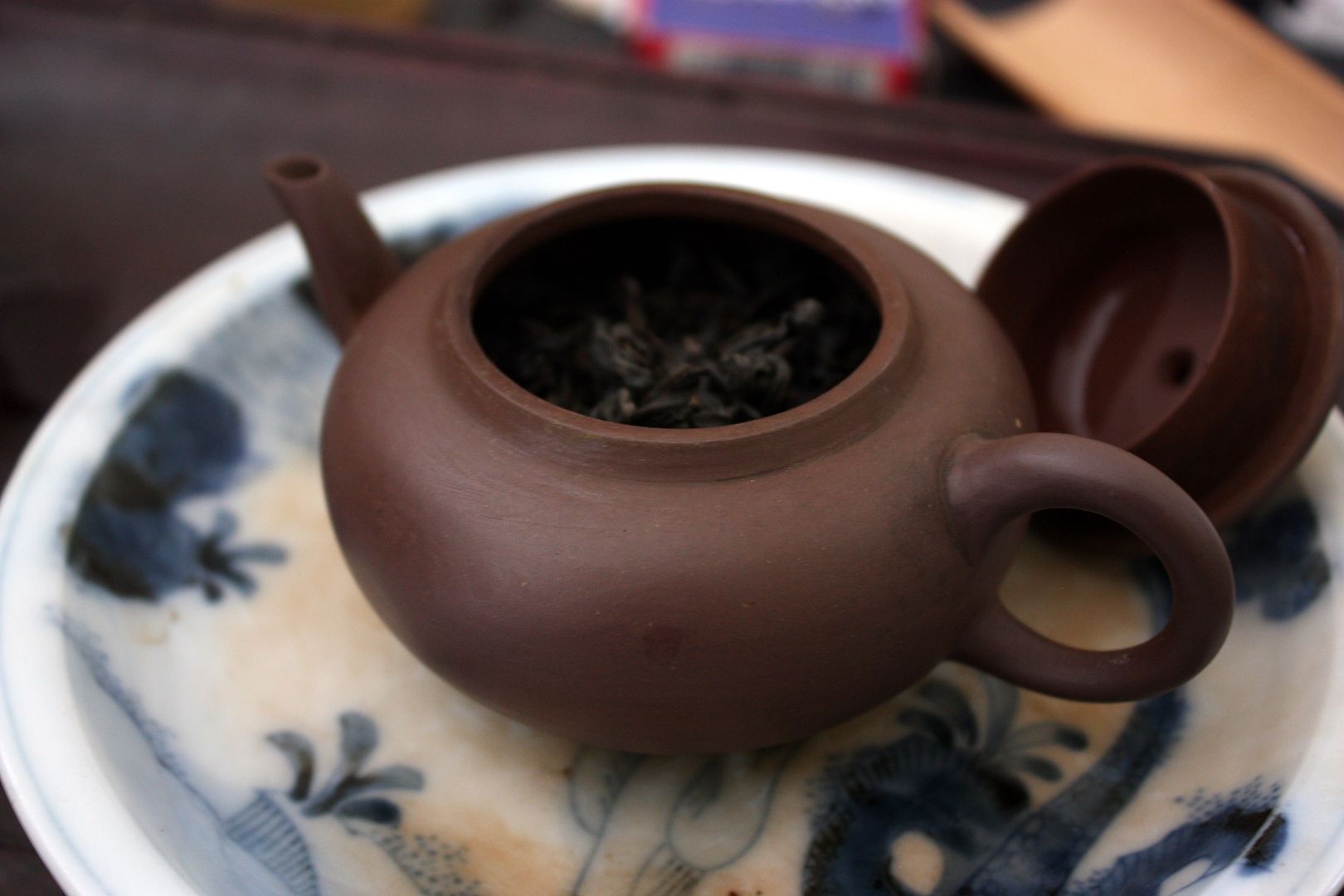



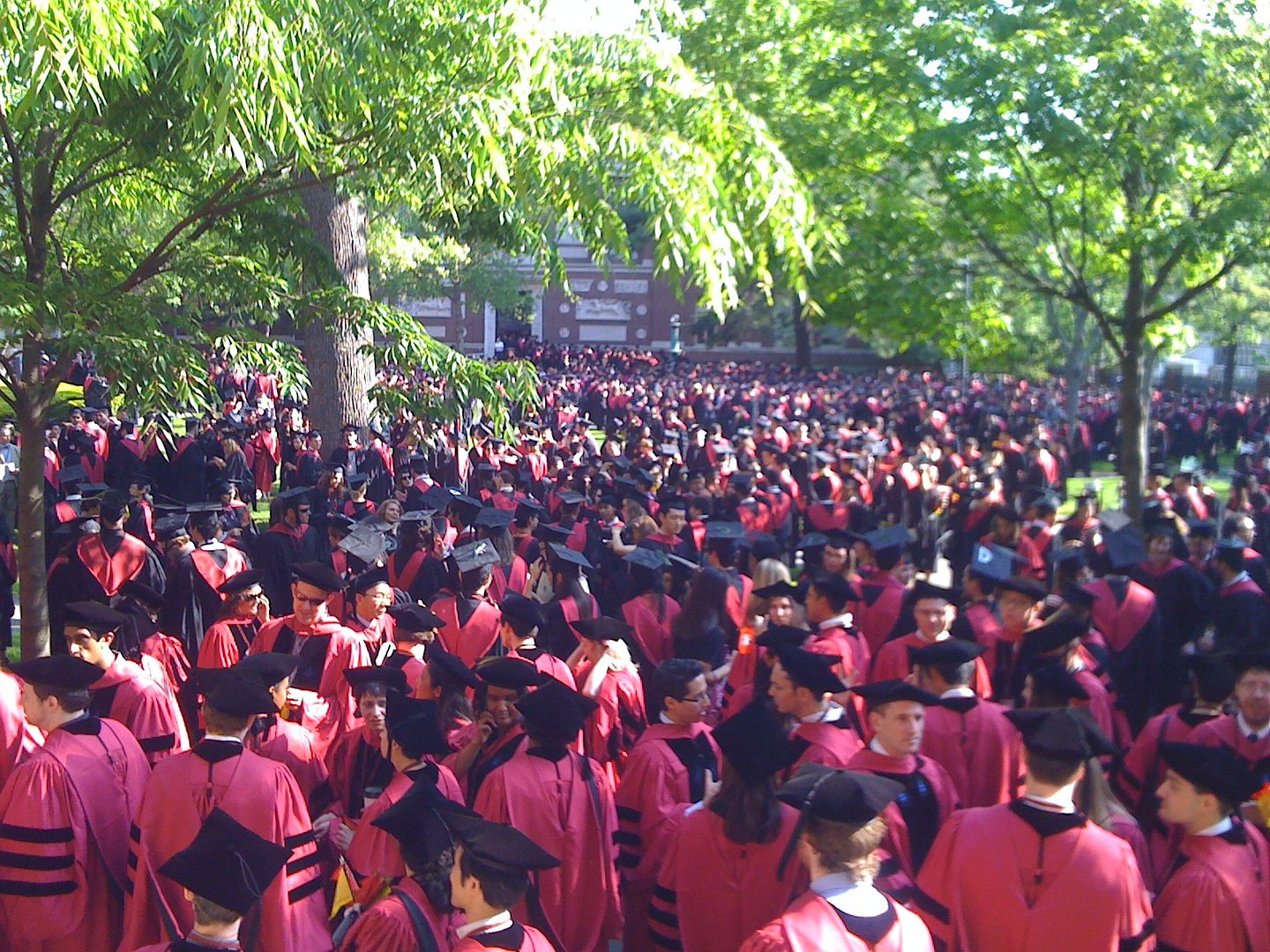
 RSS - Posts
RSS - Posts
Interesting.... would 250C in my oven work?